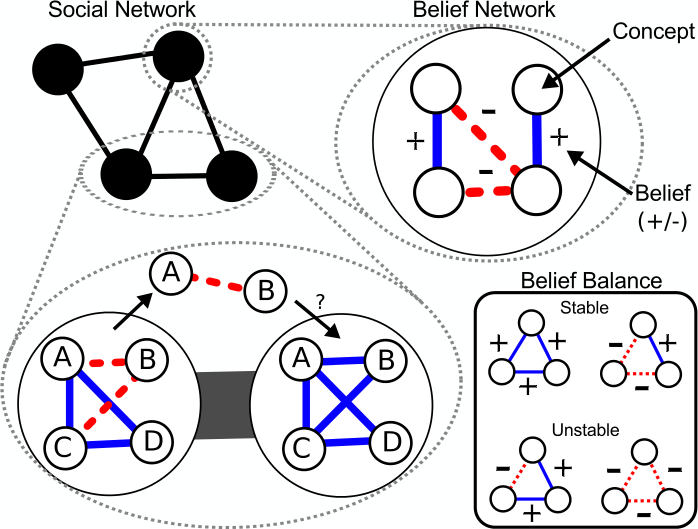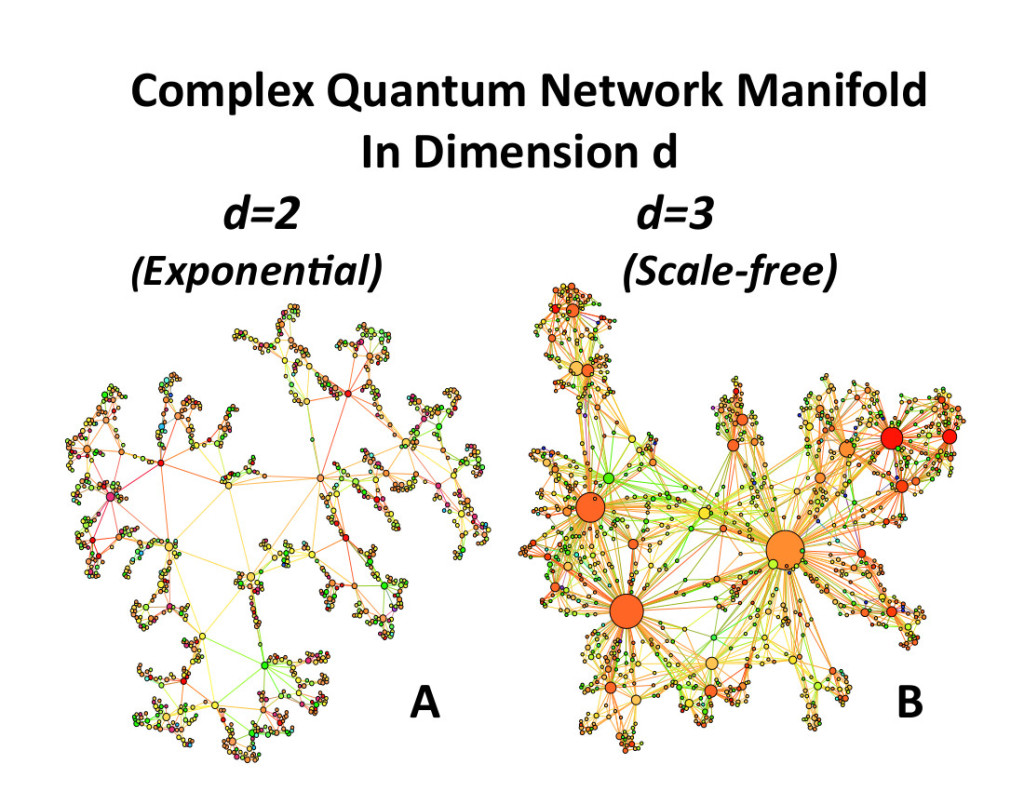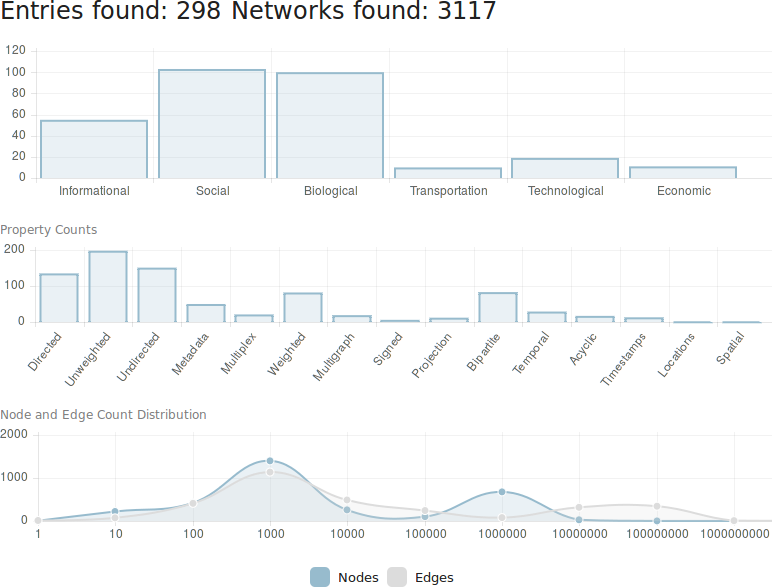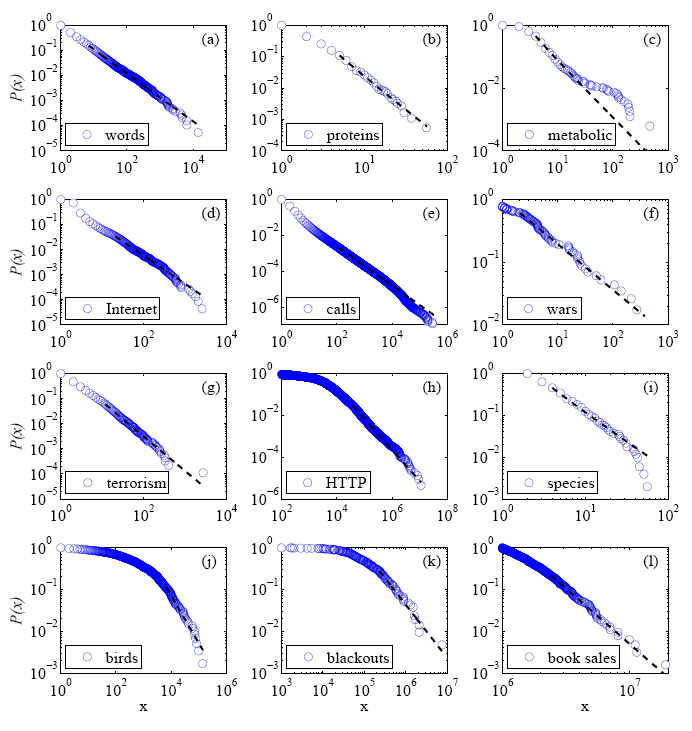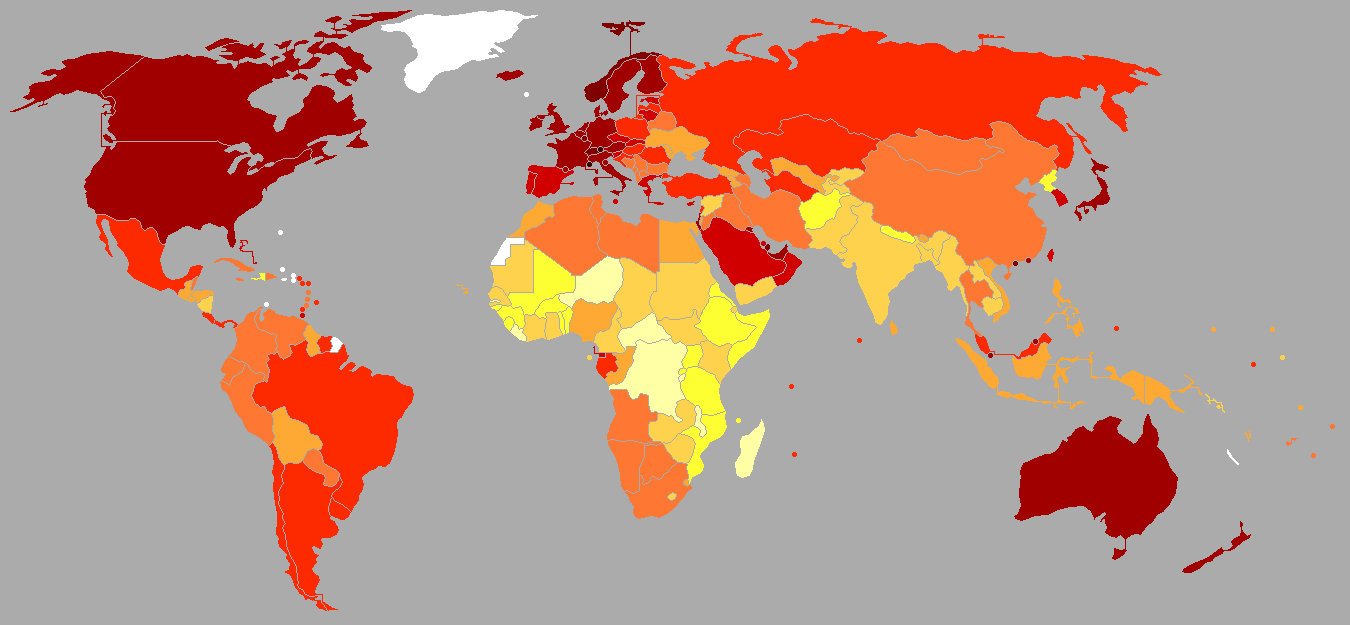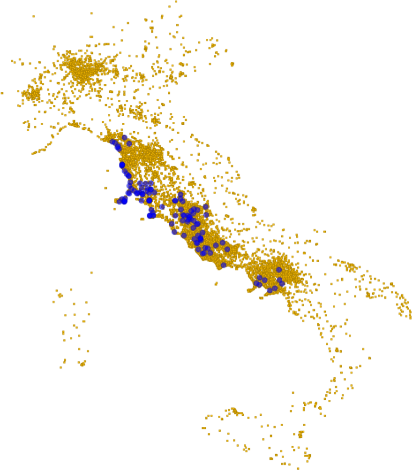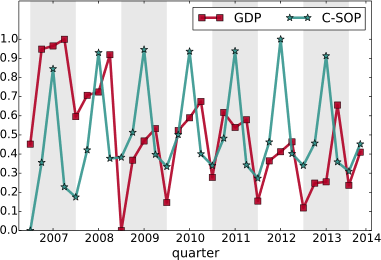NetSci is a conference bringing together everybody interested in network science every year. As usual, I showcase the things that most impressed me during my visit. The usual disclaimer applies: I am but a man[citation needed] and NetSci has so many parallel sessions. If I didn’t mention your talk, chances are that’s because I couldn’t duplicate myself to attend!
Starting from the keynote/plenary talks, I think the one standing our for me this year was Eleanor Power. She presented her field work on the cohesive role played by religion in India. By means of network analysis, she showed that indeed there are some strong effects in the social wiring associated with attending or not attending monthly and seasonal celebrations. This is absolutely superb research not only because it is a great application of network analysis to the real world, nor because it goes beyond the study of WEIRD (Western Educated Industrialized Rich Democratic) culture. It also speaks to me deeply, given my interest in the powerful role memes and culture play in shaping the astounding success — and, possibly, the future apocalyptic failure — of human beings as a species. Think about the best of Joe Henrich, Slate Star Codex, and The Elephant in the Brain all wrapped up in the neat package of a 40 minutes talk.
The Erdös-Rényi prize, awarded to a prominent network scientist under 40, went to Tiago Peixoto. It’s difficult to choose the best among all the great contributions Tiago gave to the field. Since I have a soft spot for practical advances — I’m a computer scientist at heart, after all –, I’m going to mention that Tiago is the engine behind the graph-tool library. graph-tool includes a variety of network algorithms and it’s wicked fast.
Rather than crowning career achievements as the Erdös-Rényi prize, the Euler award goes to a specific discovery. The first awardee was Raissa D’Souza for her discovery of the properties of explosive percolation. This is a big deal, because it shows that a certain class of transitions in network can be abrupt. Think about the collapse of a power grid: you certainly don’t want that to happen at the failure of a single link. Yet, Raissa proved that there are scenarios in which that can happen: failures can propagate without noticeable effects for a while until BAM!: you’re screwed.
And, since we’re talking about prestigious prizes, I shouldn’t forget the Zachary Karate Club Trophy, going to the first researcher including the Zachary Karate Club network in their presentation. The competition gets hotter and hotter at every conference. The new trophy holder is Emma Towlson.
The dinner banquet was special and touching. Emily Bernard shared her experience and inquiry into American culture. You should really check out her book Black is the Body. Sometimes we need a reminder that, when we perform social network analysis, our nodes are actual people. They have dreams, fears and hopes, they’re alive and active human beings. Emily did well in reminding us about that.
Concluding the part about plenary events: lighting talks. It’s getting tiring every year mentioning Max Schich, but the format really suits him like a glove. He’s truly a Herzog in a sea of Al Gores. Al Gore is great, but sometimes your really need something that stands out. Max talked about the origin of network science, reconnecting it not to Euler, but to Leibniz. Far from being nitpicking, this is just the starting point of the broader adventure into the creation myths of different branches of science and culture. The talk was a sample of the first chapter of his “Cultural Interaction” book and, in case you were wondering, yes: I think you should read it (once it gets out).
Yours truly was at NetSci with the mission of spreading the word about his paper Functional Structures of US State Governments, a collaboration with Laszlo Barabasi, Steve Kosack, Ricardo Hausmann, Kim Albrecht and Evann Smith. If you want to read more about it, you can check my previous post.
As for the contributed talks that caught my eye? Here is a brief summary:
“The hidden constraints on worker mobility” by Morgan Frank. Morgan analyzed data from O-Net, connecting occupations with the skills they require. He showed there are topological constraints that make it hard for people to retrain out of their occupations. (Why would they want to? Oh, I don’t know, maybe because we’re automating and delegating everything to our new AI overlords?)
“Finding Over- and Under-represented Pathways in Higher Order Networks” by Tim Larock. This was only one of a series of talks about higher order networks. Higher order dynamics means dynamics “with memory”: the next state of your system doesn’t depend only on the current state, but also on an arbitrarily long window into the past. Think about passengers in a flight network: the abundance of connecting flights makes it unlikely for paths like A -> B -> A to happen. Tim showed some neat ways to deal with these situations.
“Scale-free Networks Well Done” by Ivan Voitalov. Just like Petter Holme, I’m a sucker for well-executed steak puns in paper titles. Ivan presented a new chapter over the controversy on how to fit power law degree distributions and whether scale free networks are truly as ubiquitous as some of us believe. Ivan provided some evidence leaning on the “yes” side. I’m eager to see what’s next from the other camp.
“Quantifying Data Bias in the U.S. Justice System” by Xindi Wang. Xindi presented an analysis of predictive errors you can get when applying machine learning algorithms to support decision tasks such as predicting recidivism, estimating the risk of child abuse, and more. This was a nice extension to Tina Eliassi-Rad‘s excellent plenary talk about machine learning ethical issues.
With this, I bid you farewell. See you soon in Rome, home of NetSci 2020!
Continue Reading

